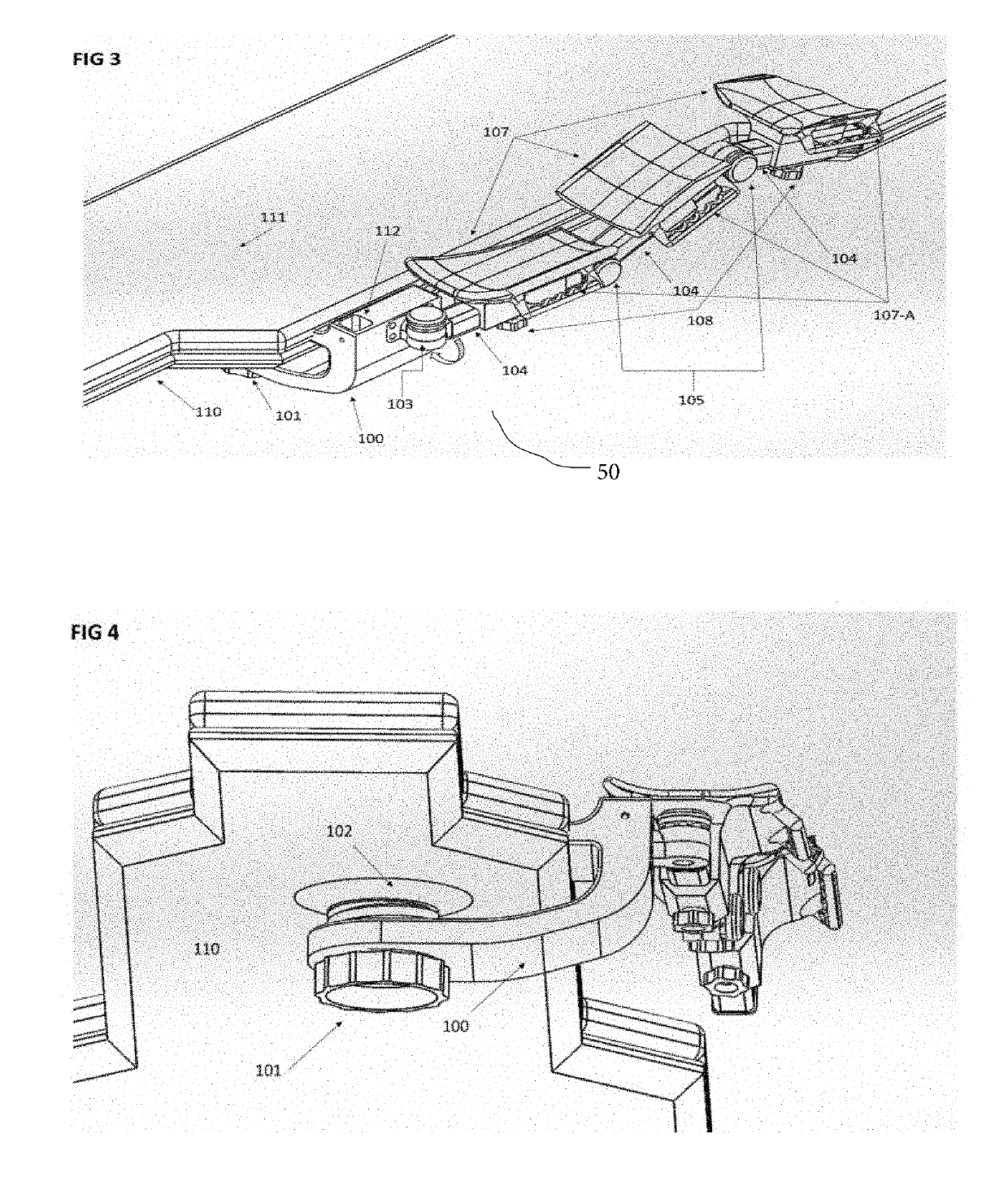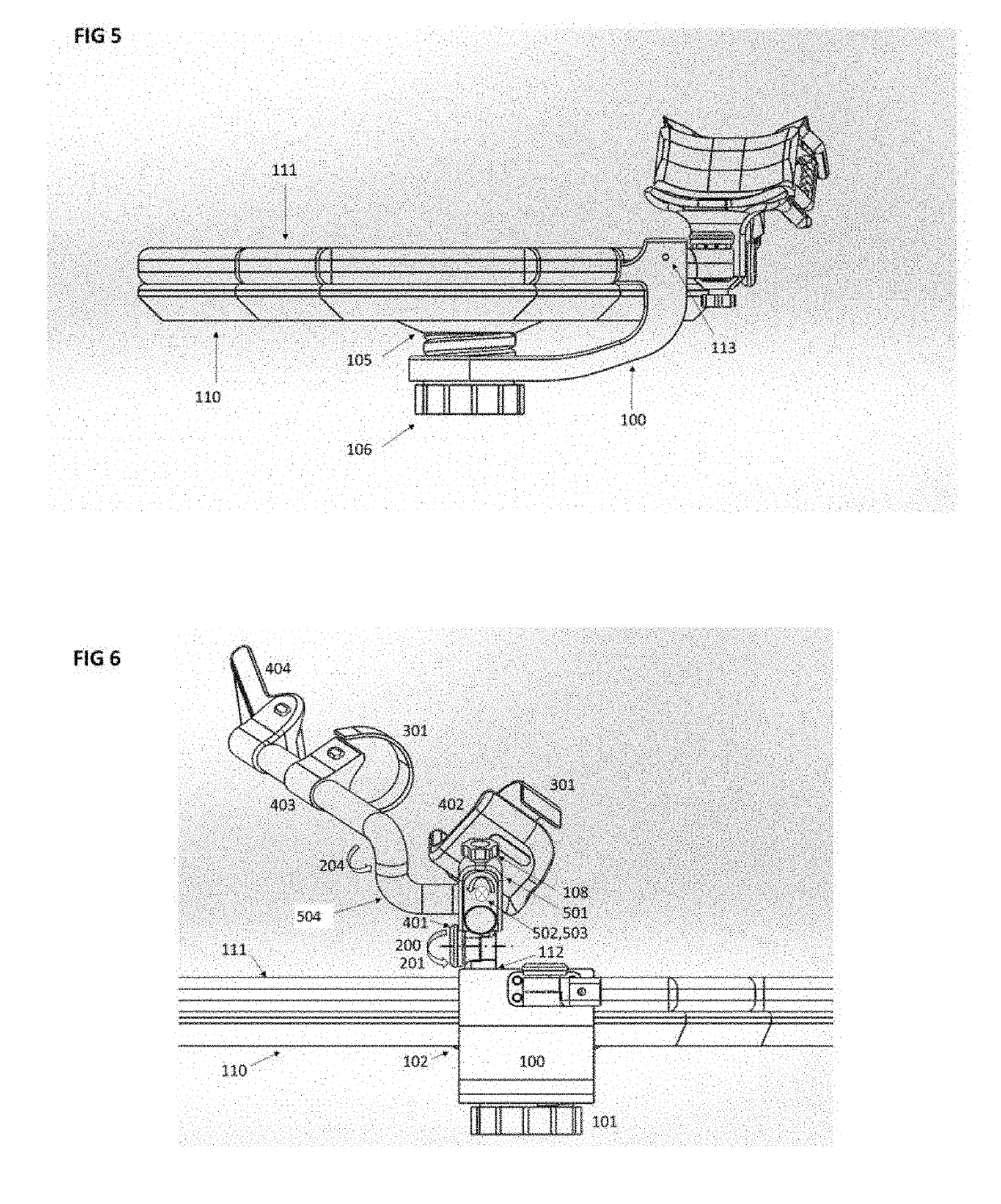Upper Extremity Radial Artery Procedure Support Device And Associated Warming Sleeve
a technology for radial arteries and support devices, which is applied in the field of upper extremity radial artery procedure support devices and associated warming sleeves, can solve the problems of significant discomfort, time spent in hospital beds, and risk of significant bleeding, and achieve the effect of inducing vasodilation of the radial arteries
- Summary
- Abstract
- Description
- Claims
- Application Information
AI Technical Summary
Benefits of technology
Problems solved by technology
Method used
Image
Examples
Embodiment Construction
[0033]While this invention is susceptible of embodiment in many different forms, there will be described herein in detail, specific embodiments thereof with the understanding that the present disclosure is to be considered exemplifications of the principles of the invention and is not intended to limit the invention to the specific embodiments illustrated.
[0034]Due to deficiencies and imperfections of previously known radial arm-boards and tables, and the likes of it, currently on the market, Dr. Collins Kwarteng, a practicing interventional cardiologist, conceived of the present invention, to provide a radial arm-board support system that overcomes the deficiencies of the previously known arm-boards. The radial arm-board support system, was born out of Dr. Kwarteng's dissatisfaction he experienced when he personally used some of the previously known arm-boards on the market. Performing 80% of his diagnostic and interventional cases via the trans-radial access, Dr. Kwarteng had beco...
PUM
 Login to View More
Login to View More Abstract
Description
Claims
Application Information
 Login to View More
Login to View More - R&D
- Intellectual Property
- Life Sciences
- Materials
- Tech Scout
- Unparalleled Data Quality
- Higher Quality Content
- 60% Fewer Hallucinations
Browse by: Latest US Patents, China's latest patents, Technical Efficacy Thesaurus, Application Domain, Technology Topic, Popular Technical Reports.
© 2025 PatSnap. All rights reserved.Legal|Privacy policy|Modern Slavery Act Transparency Statement|Sitemap|About US| Contact US: help@patsnap.com



